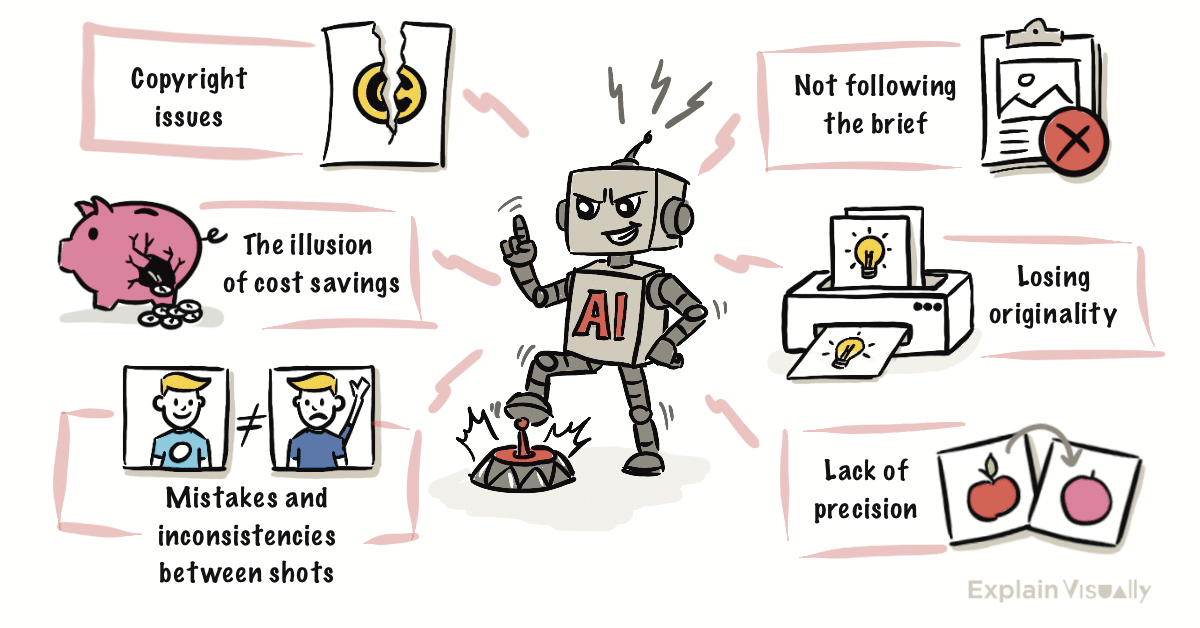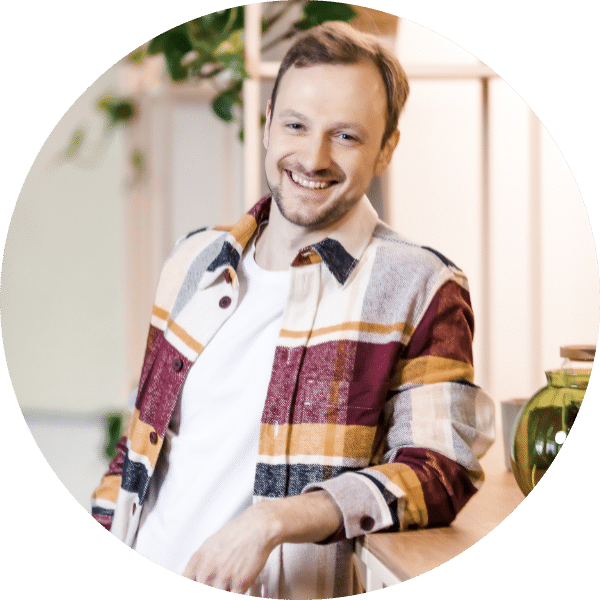On LinkedIn and in boardrooms, one question is being asked more and more often:
“Why should we pay an animation studio when we can just click it out ourselves-faster and cheaper?”
Every day, we see videos generated by Sora and other AI models that look truly impressive.
The promise is extremely tempting: you press “generate” and get a ready-made ad.
Sounds like every marketing director’s dream-someone who must watch both deadlines and budgets.
The phrase “sounds like a dream” is key here-because the reality is still far from it.
In this article, I’m not rejecting technology, nor claiming that AI is useless. It isn’t.
I use artificial intelligence daily and know firsthand how much it can streamline processes and even support creative work.
But it still can’t do everything-and it comes with several serious risks.
Risk #1
Legal no man’s land (a key issue for corporations)
You invest in advertising to build unique value-a piece of content that belongs exclusively to you. And here comes the first, enormous problem with AI.
For something to be protected by copyright, it must be the result of human creativity. The position of global institutions-led by the U.S. Copyright Office, which sets the tone for the market-is clear: works generated 100% by AI are not eligible for copyright protection.
Example: The well-known case of the comic “Zarya of the Dawn.” Author Kris Kashtanova initially received copyright protection but failed to disclose that the images were created using Midjourney.
Upon review, the USCO made a landmark decision: it revoked protection for the images, keeping it only for the text and the human-made layout and composition of the panels.
Even more, the office rejected Kashtanova’s claim that later manual edits qualified the illustrations for protection, stating the modifications were “too minor or imperceptible to meet the threshold of human authorship” or that the agency “could not determine the actual human contribution from the submitted evidence.”
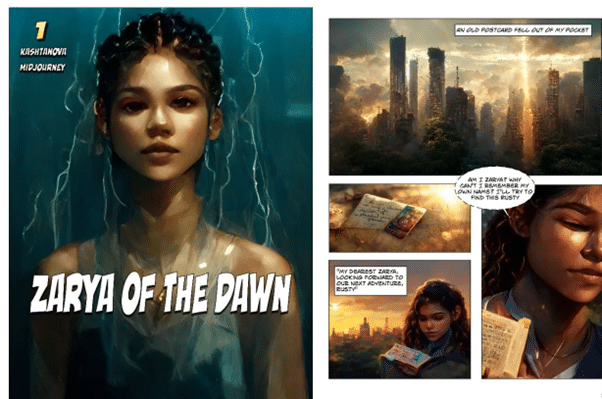
“Zarya of the Dawn” Kris Kashtanova / Midjourney
Imagine AI generates the perfect logo, brand mascot, or campaign visual for you. The problem? You can’t trademark it. You don’t have exclusive rights.
That means your competitor could legally copy and use the same motif or character tomorrow.
The risk of “poisoned data” is the flip side. You never have full certainty about what the model was trained on. AI systems were trained on billions of images and frames from the internet-often without licenses or the creators’ consent. There’s a real possibility that your “unique” animation is, in fact, an unconscious copy or collage of copyrighted works belonging to other artists, studios, or corporations (like Disney). Legally, you are responsible. As the publisher, you-not the algorithm-bear the risk of copyright infringement lawsuits.
Examples of lawsuits that shook the market:
Getty Images vs. Stability AI
One of the world’s largest stock photo agencies sued Stable Diffusion’s creators, Stability AI, for “flagrant infringement” of intellectual property.
Allegation: the model was trained on 12 million Getty Images photos-without a license-and generated images that even reproduced Getty’s distinctive watermark.
“They’re a bunch of tech fanatics so excited about AI that they ignored every potential danger or problem it could cause,” said Lindsay Lane KC, Getty’s lawyer in the London trial.
The company’s legal team went further, claiming Stability AI was “completely indifferent to what it fed into its training data,” resulting in “our trademark being attached to pornography” and “AI-generated junk.”
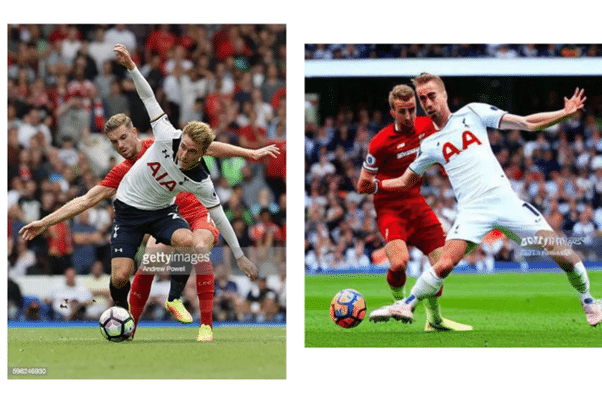
Illustrations attached to the Getty Images lawsuit. On the left – the original, copyrighted Getty Images photograph. On the right – a similar image generated by Stable Diffusion, which even recreated the company’s distorted watermark.
Artists vs. Stability AI & Midjourney
Another high-profile case: a class-action lawsuit filed by artists including Sarah Andersen against Stability AI, Midjourney, and DeviantArt. The accusation: instead of protecting its artists, DeviantArt allegedly supplied their works for model training-and profited from it.
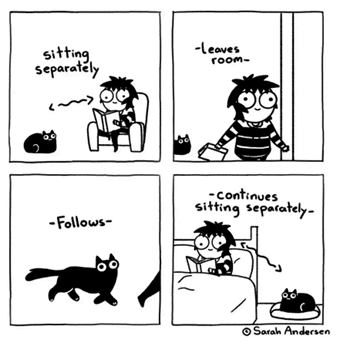
Artwork by artist Sarah Andersen – source: https://perma.cc/8AEZ-7B3W
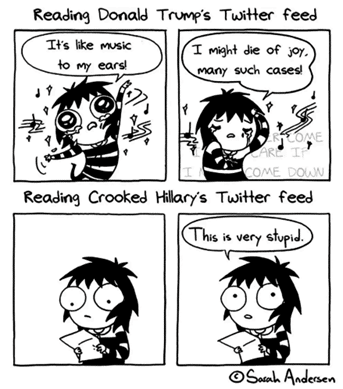
Comic generated with the help of AI. “In this comic, only the text was edited. The drawings are mine (though they’re a bit outdated, as my style has evolved since 2017). I found this typeface to be a convincing imitation of my handwriting. If the text had been fitted into the speech bubbles more elegantly, I would have considered the whole thing almost indistinguishable from my own work,” wrote artist Sarah Andersen in her essay in The New York Times.
Researchers from UC Berkeley and ETH Zurich demonstrated that popular AI models can reproduce near-identical copies of their training data.
When they asked one model to generate an image of “Ann Graham Lotz,” it returned her Wikipedia portrait-differing only by minimal noise (tiny random pixel variations).
Among the reproduced content were copyrighted press photos, film stills, and even corporate logos.
They also analyzed training data legality: 35% of images had an explicit copyright notice forbidding reuse, and another 61% were likely protected even without such notice. Worse, some datasets contained sensitive material-medical imagery and private photos.
In short: the risk that your “unique” visual-or animation-is, in reality, plagiarism is both real and measurable.
If you use AI merely as an assistant, not a creator, the situation improves-but only slightly.
The U.S. Copyright Office states that legal protection depends on the degree of human creative input.
What doesn’t count as creative input? Typing “generate me a cat in the style of Van Gogh” does not make you an author. You’re just a tool user.
What can count? If an artist takes AI-generated fragments and significantly reworks them-redraws characters, merges elements into a complex collage, performs deep corrections and edits in graphic software – then the final piece may qualify for protection, but only if the human contribution is dominant and substantial.
Risk #2
The “black box” trap
The term “black box” perfectly describes AI’s biggest business problem. You feed in a prompt-but have no control over what happens inside. You can’t edit the process. You only get the final result the machine decides to produce.
That’s why single AI-generated images can look impressive.
But animation requires many consistent, brand-specific frames-and that’s where AI (still) fails.
AI models excel at generating broad concepts. Type “retro-style businessman in an office animation,” and you’ll get dozens of options.
The problem starts when your brief is specific:
- You need to show your production hall, with your assembly line.
- Characters must wear your uniforms, with the logo in the exact brandbook position.
- Key elements must match your brand colors.
AI hallucinates details. It’ll create a factory, not your factory. A uniform, not your uniform-and the logo will appear as a blurry blob.
For a marketing department that guards brand consistency, such material is a major issue.
An animation illustrating the health and safety rules at the PepsiCo factory. In addition to being hand-drawn-which gives it authenticity and a human touch-it features the actual building and factory elements, based on real materials and photographs.
Risk #3
Compromise instead of brief fulfillment
We’ve created thousands of animations-and can count on one hand those that went through all stages (script, storyboard, drawing, animation) without any revisions.
Sometimes it’s adjusting a room’s layout, enlarging icons, or changing a character’s gender or ethnicity. Sometimes it’s altering pacing-speeding up or slowing down certain shots.
This iterative process is difficult or impossible with AI.
Anyone who’s worked with AI tools knows this dialogue:
You: “Looks great, but make the background lighter.”
AI: Regenerates everything from scratch-now the background is lighter, but the character’s expression, framing, and key product all look different.

AI generators aren’t graphic editors. You can’t tweak a single detail.
You can only “roll the dice again” (change the prompt) and hope this time it’s closer to ideal-often losing what worked before.
An example of an animation we created for Millennium Leasing, featuring the company’s previous logo and newspaper clippings, where we highlighted exactly the elements that were important to the client. Reaching this final version required many iterations at every stage of the process. As a result, the client was satisfied with the outcome, and the animation fulfilled its purpose.
Risk #4
The third-hand syndrome
AI handles static images fairly well-but animation is another story.
Classic “three hands” or “six fingers” mistakes are rarer now. The deeper issue is inconsistency.
AI can produce visually stunning, surreal clips-individual frames that impress. But they rarely form a coherent narrative.
An example of visually appealing individual frames created by AI. However, there is no deeper message or story behind them.
AI struggles with temporal continuity. In practice, that means:
- A character’s blue shirt turns navy in the next frame.
- The company logo on it flickers or changes shape.
- A blink or an extra finger appears for a split second.

These are called generation artifacts. They happen because AI doesn’t animate a consistent model-it partly rebuilds each frame from scratch.
On TikTok or Reddit, such glitches might go viral. But in a corporate or financial video, or a healthcare ad, a flickering eye or phantom finger is far from ideal.
Risk #5
The illusion of savings
AI tools promise speed and low cost.
But the truth is: to get exactly what you need-not a random outcome-requires hours or days of trial and error. That work must be done by a skilled specialist who understands how AI behaves. Their hours aren’t cheap.
And no AI-generated material is ready “out of the box” for public release. A human still has to:
- assemble clips into a coherent story;
- fix errors and artifacts;
- add titles, captions, logos;
- perform professional color correction;
- add sound, music, and voice-over.
AI doesn’t deliver a finished film. It delivers raw material-which, in 90% of cases, requires as much (or more) post-production as a studio-made animation.
The time your marketing team spends wrestling with AI-doing hundreds of iterations and fixes-is time not spent on strategy, market analysis, or client communication. Once you add up the AI expert’s hours, post-production work, and your team’s time, the total cost often matches that of hiring a professional studio.
With one big difference: the studio guarantees a final product that meets your brief-and that you fully own by law.
Risk #6
Creativity by copy machine
AI is, by definition, derivative. It doesn’t think-it predicts the next most likely element based on patterns in its training data.
By design, it produces averages of everything that already exists.
I use AI myself when writing scripts-it helps with routine tasks. But it can’t break patterns. It makes mistakes, fabricates facts-even moments after you’ve fed it accurate ones.
So yes, it’s a great assistant-but not an author.
What happens when all your competitors use the same popular AI generators? Everyone ends up with animations in the same recognizable “AI style.”
In that generic sea, your only chance to stand out will be authentic, human creativity-a unique story and style that can’t be copied with a single prompt.
Investing in human creativity and craftsmanship stops being an expense-it becomes a strategic investment in brand differentiation.
In the End
In business, it’s not about being “good enough.” It’s about getting it exactly right. Your animation must fulfill your company’s objectives, align with your brandbook, and be legally safe.
Let’s talk. Together we’ll find a strategic, creative, and safe way to tell your brand’s story.
Safely. Creatively. 100% your way.
SOURCES:
Copyright Registration Guidance: Works Containing Material Generated by Artificial Intelligence: https://www.copyright.gov/ai/ai_policy_guidance.pdf
The US Copyright Office says you can’t copyright Midjourney AI-generated images: https://www.theverge.com/2023/2/22/23611278/midjourney-ai-copyright-office-kristina-kashtanova
London AI firm says Getty copyright case poses ‘overt threat’ to industry: https://www.theguardian.com/technology/2025/jun/09/stability-ai-getty-lawsuit-copyright
Getty Images sues AI art generator Stable Diffusion in the US for copyright infringement: https://www.theverge.com/2023/2/6/23587393/ai-art-copyright-lawsuit-getty-images-stable-diffusion
Artists sue Stability AI, Midjourney and DeviantArt: https://the-decoder.com/artists-sue-stability-ai-midjourney-and-deviantart/
The Alt-RightManipulatedMy Comic. Then A.I.ClaimedIt.: https://perma.cc/8AEZ-7B3W
AI Spits Out Exact Copies of Training Images, Real People, Logos, Researchers Find: https://www.vice.com/en/article/ai-spits-out-exact-copies-of-training-images-real-people-logos-researchers-find/
𝐄𝐱𝐩𝐥𝐚𝐢𝐧 𝐕𝐢𝐬𝐮𝐚𝐥𝐥𝐲 – 𝐁𝟐𝐁 𝐚𝐧𝐢𝐦𝐚𝐭𝐢𝐨𝐧 𝐬𝐭𝐮𝐝𝐢𝐨:
• We create whiteboard explainer videos for businesses
• We create corporate explainer videos
• We create visual storytelling for companies

